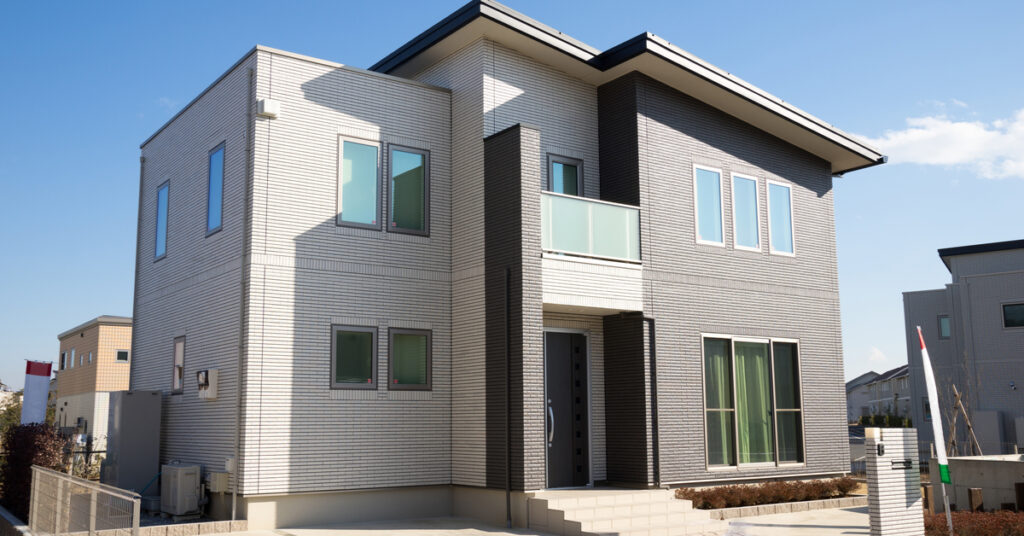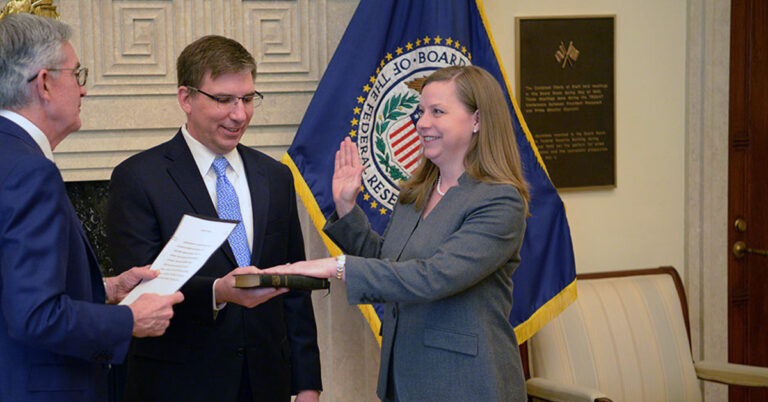The recent cavalcade of weak real estate data continued with the latest new-home sales figures from the U.S. Census Bureau and the U.S. Department of Housing and Urban Development. The report revealed that new single-family home sales in July came in at a seasonally adjusted annual pace of 511,000 units.
That’s down 12.6% monthly and 29.6% annually, falling to the lowest new-home sales rate in six-and-a-half years. New-home sales have plunged since peaking at a seasonally adjusted annual rate of 993,000 units in January 2021. That level of sales was the highest since 2006, but inflation combined with an aggressive monetary policy response from the Federal Reserve has led to a double whammy of high home prices and an elevated mortgage rate environment. Affordability, in turn, has cratered and driven many previously bearish homebuyers to the sidelines.
“Declining affordability has priced out buyers from the market and economic uncertainty has added to buyer hesitation,” said Odeta Kushi, deputy chief economist at First American Financial Corp. “In July 2022, only 8% of new-home sales were priced below $300,000, compared with 22% one year ago. Pre-pandemic, in July 2019, 47% of new-home sales were priced below $300,000.”
A Reuters poll of economists projected new-home sales at 575,000 units for the month, and although the drop in July was bigger than expected, it wasn’t a shock considering the widespread cooling across the residential real estate landscape. Year to date, new-home sales are 15.7% below the pace set during the same time frame last year.
Residential builders, consequently, have slowed their construction activities immensely, with single-family starts plummeting to a 17-month low. Meanwhile, builder sentiment, as measured by the National Association of Home Builders (NAHB), fell to a new low since the beginning stages of the COVID-19 pandemic.
“The disappointing sales pace mirrors an ongoing decline in builder sentiment as elevated mortgage rates and higher construction costs are pushing more consumers out of the market, particularly entry-level buyers,” said Jerry Konter, NAHB chairman.
“The sharp drop in new-home sales is another clear indicator that housing is in a recession,” said Danushka Nanayakkara-Skillington, NAHB’s assistant vice president for forecasting and analysis. “The combination of higher prices and increased interest rates are generating a notable slowing of the housing market.”
One silver lining to be found in the sales data is that the thaw in sales has helped the inventory of new homes recover to levels unseen for more than a decade. The number of new homes for sale at the end of July was estimated at 464,000 — the most since first-quarter 2008. At the current sales pace, this translates to 10.9 months of supply, up 81.7% from one year ago.
The slowdown in transactions also has helped to temper home-price growth, which remains historically high but has seen some moderation in recent months. The median home price for new homes rose 5.9% monthly and 8.2% yearly to $439,400. For context, the pandemic-era high in annual price gains was 24.2%, seen in August 2021.







